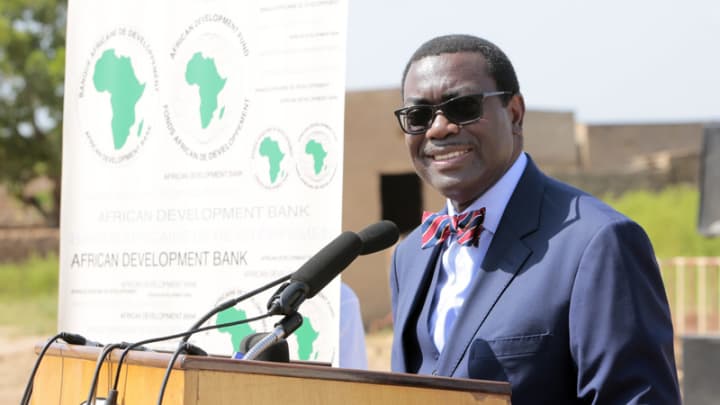The African Development Bank (AfDB) is warning about the higher level of debt that African countries are carrying even before the onset of the Covid-19 pandemic, when the debt stood at 61% of Gross Domestic Product.
25 African countries are already carrying excess debt or have a high risk of doing so.
According to the Bank Group, the structure of African debt has changed considerably. Bilateral debt now represents 27% versus 52% in 2000, whereas commercial debt accounts for 43% of total debt up from 20% in 2000.
“A multilateral approach demands that we understand the nature of the debt itself, what is changing and how we can respond to it,” said President of the African Development Bank Group, Akinwumi Adesina, at the Doha Forum in December 2023, on the theme of: “Decoding the Debt Dilemma—Unveiling Multilateral Solutions”.
“The expansion and fragmentation of the creditor base has complicated debt settlement by the Bretton Woods institutions,” explained President Adesina with concern.
The AfDB pointed out that one of the difficulties of debt resolution is the extreme length of time it takes.
Of the four African countries – Chad, Ethiopia, Zambia and Ghana – that have applied for debt treatment under the G20 Common Framework, only Zambia has completed the process enabling it to benefit from the facility in 2023.
“Reforming the global architecture of the financial system and debt to reduce costs, time frames and the legal complications of restructuring African countries’ debts is a matter of urgency,” insisted Mr Adesina at the Bank’s 2023 Annual Meetings in Sharm El-Sheikh, Egypt.
He urged African countries to avoid high costs and limit the possibility of a new debt crisis, and to push for increased transparency and global coordination between creditors.
Risk
The other debt-related problem lies in the “Africa premium” that countries on the continent must pay when they access capital markets, despite data showing that default rates in Africa are lower than in other parts of the world.
A Moody's analysis of the default rates for global infrastructure shows, for example, that Africa ranks higher, at 5.5%, than Asia, at 8.5% and Latin America, at 13%.
Yet the perception of risk in Africa, reflected by the global ratings institutions, results in an often unjustified increase in borrowing costs for African countries.
Latest Stories
-
NDC Mining Committee for 2024 campaign refutes allegations of recruiting thugs for elections
3 mins -
Traction Control: A lifesaver with an off switch? Here’s why it exists
7 mins -
I don’t need anyman to woo me with money – Miss Malaika 2024 winner refutes pimping claims
14 mins -
”Kurt Okraku sabotaged my national team career because I refused to sign with Dreams FC” – Najeeb Yakubu
14 mins -
Businesses urged to leverage Generative AI for enhanced customer engagement
18 mins -
MultiChoice Ghana partners with Ghana Hotels Association to elevate guest entertainment
27 mins -
Bawumia’s music streaming app or Mahama’s pay-per-view TV channel?
31 mins -
Karpowership Ghana empowers 40 Takoradi Technical University students with scholarship
34 mins -
We expect significant reduction in prices of petroleum products in coming weeks – CEO AOMC
47 mins -
Betway Africa offers once-in-a-lifetime ‘Play-on-the-Pitch’ experience at Emirates Stadium
56 mins -
I coined the term ‘hype man’ in Ghana – Merqury Quaye
1 hour -
Vasseur questions ‘strange momentum’ of Formula One race director change
1 hour -
“I am disappointed in Kojo Manuel” – Merqury Quaye on “no tie” comment
1 hour -
Nana Kwame Bediako; The beacon of unity
1 hour -
Western Region: NDC youth wing embarks on phase 2 of ‘retail campaign’
2 hours

